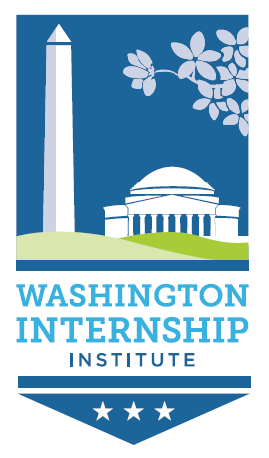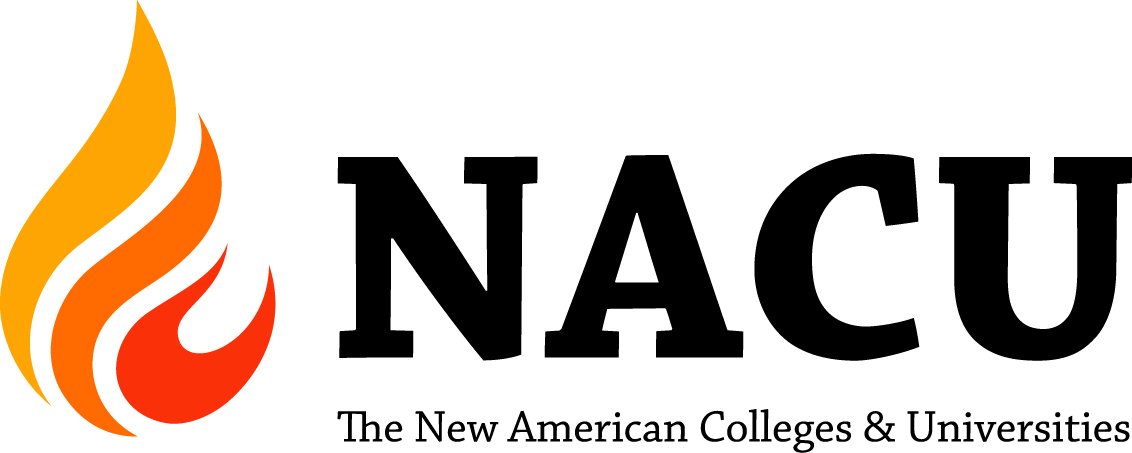Gaurav Pahouja, Kent State graduate, conducts research at the National Institutes of Health
/"My name is Gaurav Pahouja
and I am currently living in the District of Columbia for an internship. I have
recently finished a bachelor of science in Integrated Life Sciences at Kent
State University and am planning on entering medical school at the Northeast
Ohio Medical University during the fall of 2013. I am interning four days per
week at the National Institutes of Health (NIH) in the Vaccine Research Center
(VRC) working in Dr. Daniel Douek’s laboratory.
I have been both enjoying and learning a lot from my work at the NIH. My typical day begins fairly early, approximately seven in the morning to get up and get ready to go to work. I need to arrive to my internship by nine in the morning on a normal day and my commute from where I live in Arlington takes around one hour and fifteen minutes on average. Once I arrive to work, I head straight into the laboratory. I have a desk in the lab where I work when I am not conducting bench research. Usually, I start the day by running various experiments. If I do not need to start an experiment right away, I shadow other researchers to refine my techniques or read some of the academic articles my lab has produced to deeper understand the work being conducted. During my experiments, I sometimes have an hour or more to wait while a sample is being heated or reacted where I also utilize time to continue training. Presently, I am being trained in flow cytometry and blood and tissue processing so I can be involved in more projects and contribute more the lab. The lab I work in has a focus on Immunology and Human Immunodeficiency Virus (HIV). There are many projects going on in the lab, but at this time I am focused on a clonotype analysis deep sequencing protocol. The objective of this project is to sequence the genome of both B-cell and T-cell receptors to better understand the microbiology behind the cells and their role in both the immune system and HIV.
In order to complete the entire deep sequencing protocol on a given sample of cells, I must allot myself four full days of time in the lab. The basic steps of the procedure include extracting mRNA and cDNA from a sample of peripheral blood mononuclear cells (PBMC), running a polymerase chain reaction (PCR) and gel electrophoresis on the cDNA, running a second round of PCR and doing analysis with a bioanalyzer and qPCR, and finally examining the data and sequencing using an illumina machine. Each of these four main steps require approximately one full day of work. PBMC’s contain the target B-cells and T-cells used in the research. The mRNA and cDNA are part of the genome of the cells and are the backbone of sequencing. PCR is a process of amplifying the cDNA of the T-cell or B-cell receptors in order to have a stronger concentration and population of the target genome which allows for sequencing. The bioanalyzer and qPCR measure size and concentration of the cells. Finally, the illumina runs the actual sequencing of the DNA from the receptor. Each of these complex steps is vital to the ultimate sequencing of the receptors for further study and analysis.
Besides running experiments and training during my typical day at work, I may also need to attend a lab meeting. Each Tuesday and Friday I am part of lab meetings. On Tuesdays, the lab I work in and a lab one floor below come together to collaborate data and ideas. Fridays involve a lab meeting consisting of just my lab. During these meetings, I am able to share with everyone what I have been doing all week, as well as hear what everyone else has been working on. This gives me a chance to receive feedback and advice on where to head next. In addition, I am able to touch base with my supervisors. I have two main supervisors. One of my supervisors works one desk over from me in the lab and I am able to take her questions I have on a daily basis and receive assignments and projects from her. The other supervisor I mainly see at the lab meetings. The meetings are also a great way for all three of us to come together and express our ideas and talk about my progress.
After a busy day of work, I head back to my apartment in Arlington around five or six in the afternoon depending on how busy the day had been. Occasionally I am let out early and am able to appreciate one of the many sights that DC has to offer. Once I arrive back from work, I am able to enjoy the great city and unwind from a long day while having some fun. Each day DC has something new to offer. Every day that I go to work I learn something new and enhance my knowledge in science and medicine. I really enjoy what I do and feel that I am helping my lab just as much as my lab is helping me progress with my education and practical experience. I am extremely happy to be a part of the team at the NIH and look forward to continuing to learn more throughout the remainder of my time working in the VRC."


